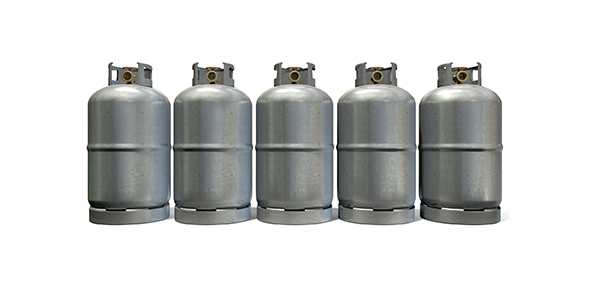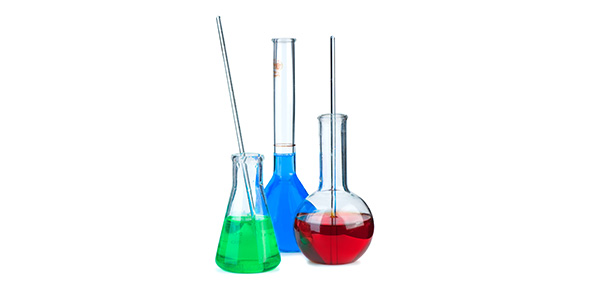Related Flashcards
Cards In This Set
| Front | Back |
|
Small organic molecules that form to join larger macromolecules are what?
|
Carbohydrates, lipids, proteins, and nucleic acids
|
|
Macromolecules
|
Members of 3 of these classes (carbohydrates, proteins and nucleic acid) and are HUGE
|
|
The architecture of large biological molecules helps with what?
|
Explain how the molecule works
|
|
Polymer
|
- a long molecule consisting of many similar or identical monomers linked by covalent bonds - much as a train consists of a chain of cars
|
|
Monomers
|
The repeating units that serve as the building blocks of a polymer; also have functions of their own
|
|
Enzymes
|
Specialized molecules that speed up chemical reaction
|
|
Dehydration reaction/condensation
|
When monomers are connected by a reaction in which two molecules are covalently bonded to each other, with a loss of a water molecule
|
|
When a covalent bond forms between two monomers what occurs?
|
Each monomer contributes part of the water molecule that is released during the reaction; this reaction is repeated as monomers are added to the chain one by one, making polymer
|
|
Hydrolysis
|
- when polymers are disassembled to monomers- a process that is essentially the reverse of dehydration retain- it means to break using water- the bond between monomers is broken by the addition of a water molecule, with the hydrogen from the water attaching to one monomer and hydroxyl group attaching to the adjacent monomer- an EX is the process of digestion
|
|
What is the basis for such diversity in life's polymers?
|
- these molecules are constructed from only 40 to 50 common monomers- building a huge variety of polymers from such a limited number of monomers is analogous to constructing thousands of words from only 26 letters of the alphabet- the key is arrangement; the particular linear sequence that the units follow
|
|
Polymers become monomers by what?
|
Hydrolosis
|






